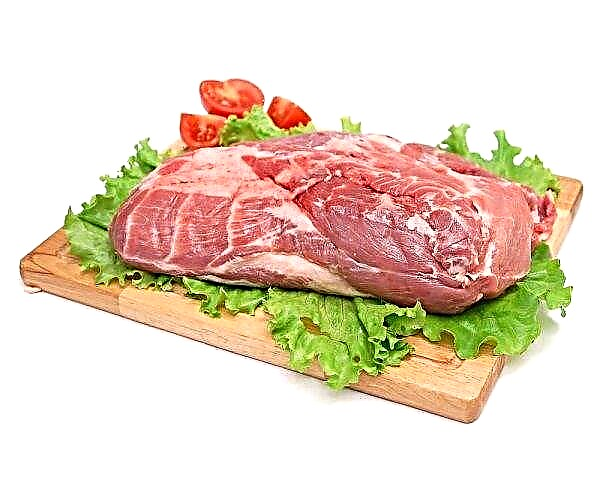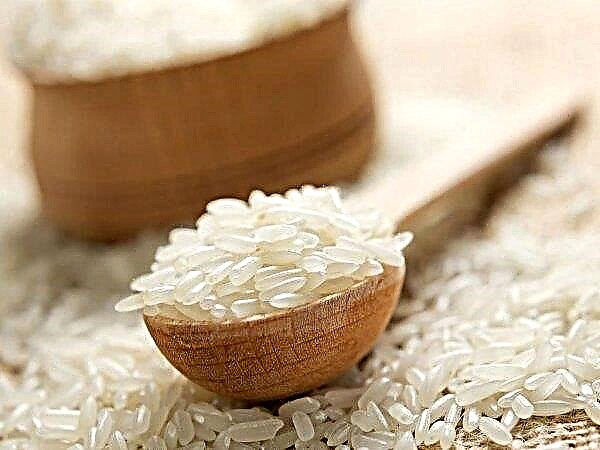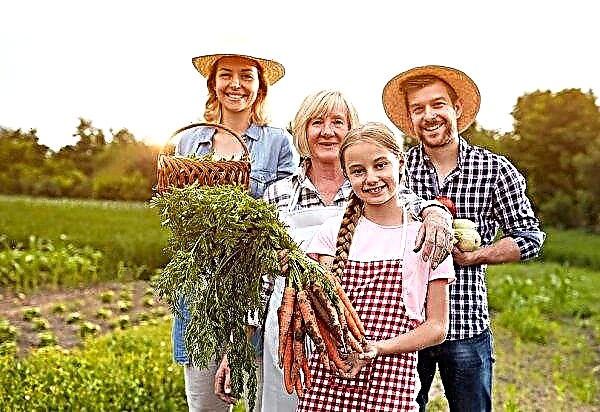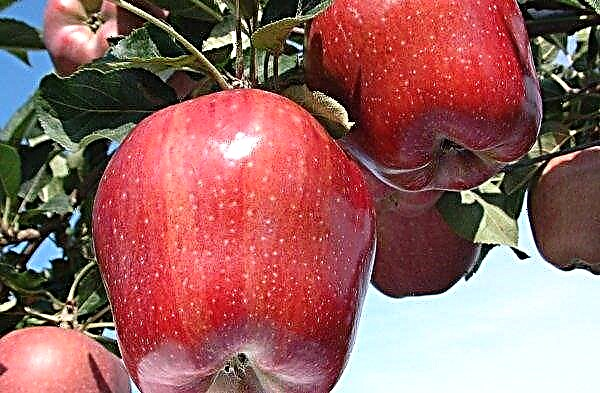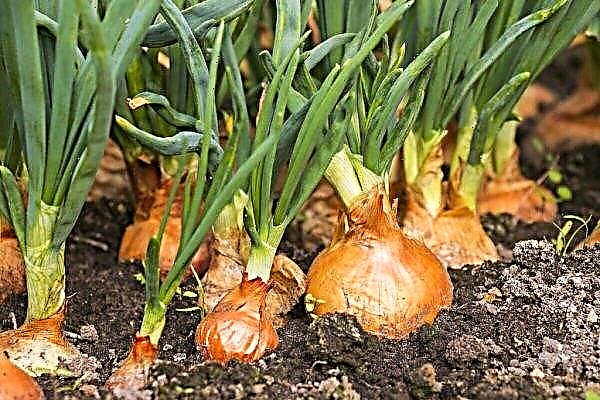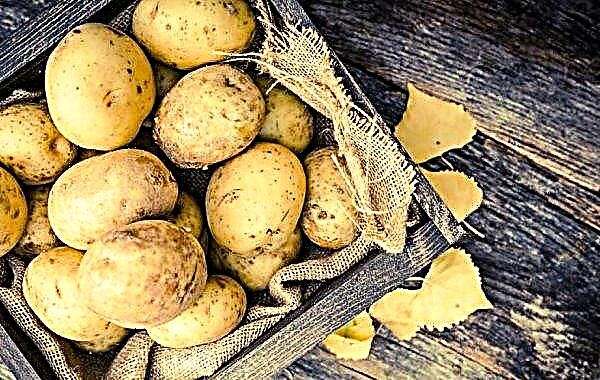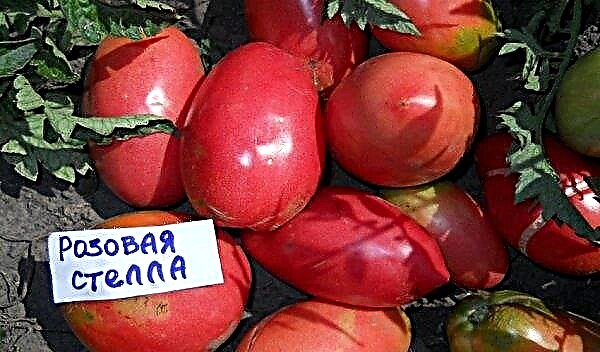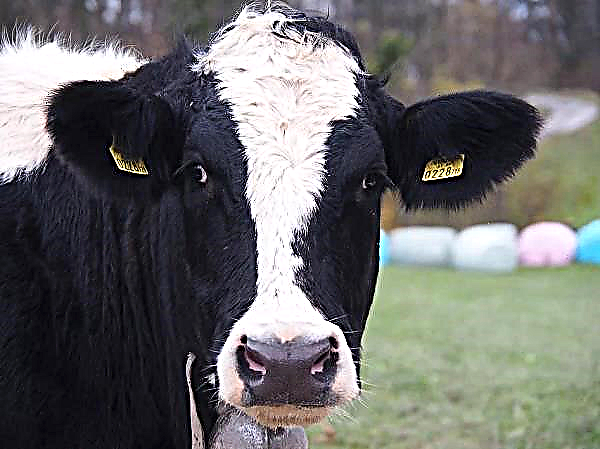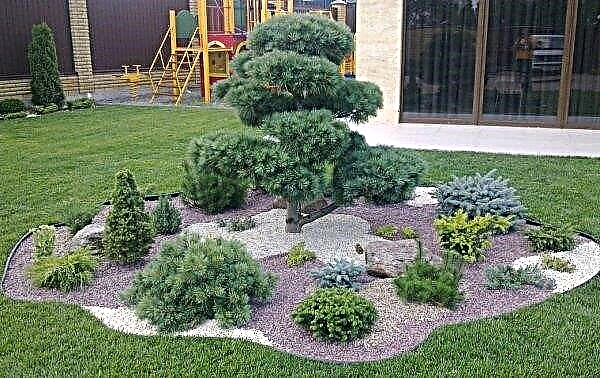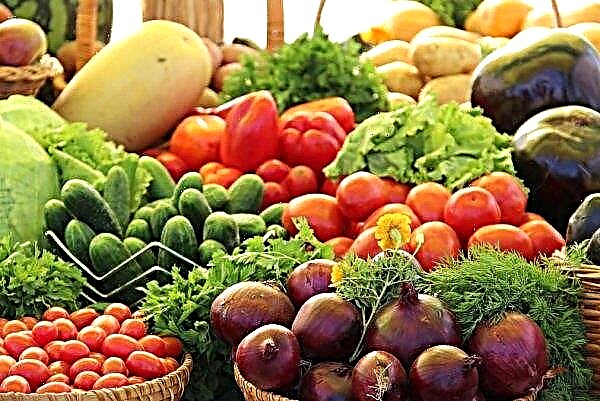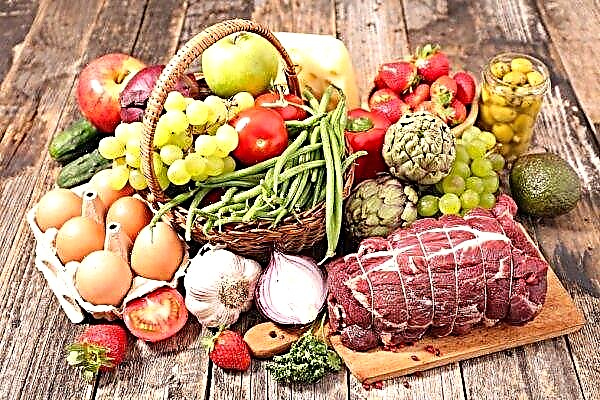Growing vegetables, including tomatoes, in greenhouse conditions has significant advantages compared to growing in open ground. This method allows you to get a large number of crops year-round, despite the time of year and weather conditions. Harvesting does not have clear boundaries and largely depends on the cultivated varieties. But in this matter, you can focus on the external signs of the vegetable and the degree of its readiness.
Important! The earliest harvesting dates are characteristic for determinant varieties of tomatoes, the latest — for indeterminate.
Ripening dates of a tomato in a greenhouse
In order to more accurately determine the timing of harvesting tomatoes, you should pay attention to the following factors that directly affect the estimated date of harvest:
- Greenhouse location - the ripening dates of tomatoes in the southern regions are earlier, in contrast to the northern ones.
- Grade - today there is a clear gradation of almost all varieties (from ultra-early to late-ripening).
- Rules for leaving during the growing season - throughout the entire period of development of tomatoes, you should carefully monitor the temperature regime in the greenhouse, and also do not forget about the systematic feeding and watering.
- Optional equipment - There are a number of systems that help provide the right microclimate in greenhouses. One of the main devices used is the heating system, using which you can significantly approximate the ripening of tomatoes.
On average, the ripening period for tomatoes can vary from 80 to 120 days, depending on the planted varieties.
Ripening Tomatoes
Experienced farmers almost never rely on fairly approximate dates for ripening vegetables. Instead, pay attention to the degree of development of the fruit, which, for the entire period of development, there are several stages.
Did you know? For a long time, tomatoes were used only as exotic ornamental plants, as were considered poisonous plants.
Unripe tomato gaining weight
This stage of development of a vegetable is quite easy to recognize - the fruits are much smaller in comparison with the dimensions indicated in the standards for this variety. The berries are dark green in color and hard to the touch. Due to its small size, harvesting such a crop is considered economically unprofitable and therefore, if possible, it is recommended to remove such fruits as late as possible, waiting for the moment when the skin color significantly brightens.
Milk ripened tomato
This stage of ripeness is characterized by the acquisition of the skin of the fruit of a characteristic whitish hue, which quite definitely indicates the unreadiness of the tomato for use. However, when cut, pink flesh appears inside - this is the main indicator of the onset of milk ripeness. The fruits of this degree of development are quite suitable for assembly and ripening in the cellar. Usually, before the stage of full maturity, the fruit must lie for 14 to 20 days.
Did you know? In botany, tomato fruits are classified as multi-nested berries.
Blanched Tomato
The fruits of this degree of ripeness are inherent in orange or brown skin color. The tomato almost reaches its optimum size, but is still firm and elastic to the touch. Tomatoes of this stage of development can be placed in the cellar, but, unlike milk ripeness, they will need much less time to fully ripen - as a rule, a period of 6-7 days will be quite enough.
Ripened tomato
Tomatoes of this stage have a short storage period and, most often, are used immediately in raw form or for conservation. The color of the peel of the fruit will depend on the selected variety (in addition to red, there are also yellow, pink or purple varieties). A distinctive feature of ripened tomato is the characteristic luster of the peel.
Important! Ethylene — a substance that is secreted by mature fruits to accelerate the ripening process and destroys the skin and flesh of adjacent fruits.
Greenhouse tomato harvesting technology
You can start picking tomatoes as soon as the berries have ripened milk, depending on the intended storage period. It is recommended to pick fruits with or without a stalk. When collecting, the remaining empty flower brush is completely removed using a pruner. In the absence of a secateurs, after harvesting, the brushes are additionally cut from the bush, along with the newly-formed stepsons. On indeterminate bushes, the upper stepchildren are left and used as reserve ones - it is they who most often continue to grow the top of the bush. On the first three or four lower brushes, fruit rationing is mandatory, i.e. small, poorly shaped berries are removed.
On indeterminate bushes, the upper stepchildren are left and used as reserve ones - it is they who most often continue to grow the top of the bush. On the first three or four lower brushes, fruit rationing is mandatory, i.e. small, poorly shaped berries are removed.
This procedure helps the formation of uniform sizes of tomatoes throughout the bush. Every 2-3 times a week, when harvesting the next harvest, it is recommended to twist the determinant tomato bushes on the twine - through the internode of the flower brush.
Features and basic rules for storing the crop
The main well-known rules that apply when long-term storage of tomato fruits are necessary are:
- container - spacious drawers with tight lids that allow free access of air;
- premise - well ventilated, with a temperature regime from +3 to + 5 ° С;
- fruit - dry, unwashed.

However, in addition to the basic mandatory storage conditions, there are a number of some tricks:
- treating tomatoes with petroleum jelly or paraffin - enveloping the surface, such products reliably protect against the growth of pathogenic bacteria and the formation of rot;
- daily inspection of the harvested crop for identification and removal from the general capacity for storage of ripened or damaged specimens;
- the bottom of the storage tank is covered with dry peat chips or sawdust, which will absorb excess moisture;
- after prolonged storage, the fruits of tomatoes, especially those that have cracks on the surface, can be susceptible to numerous diseases and therefore should be periodically rejected from a common box.
The process of growing tomatoes in a greenhouse is a rather time-consuming process. However, adhering to the rules of proper care, as well as the terms of assembly and storage conditions of fruits, you can get really excellent results that cannot be achieved by growing this crop in open ground.

